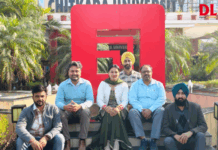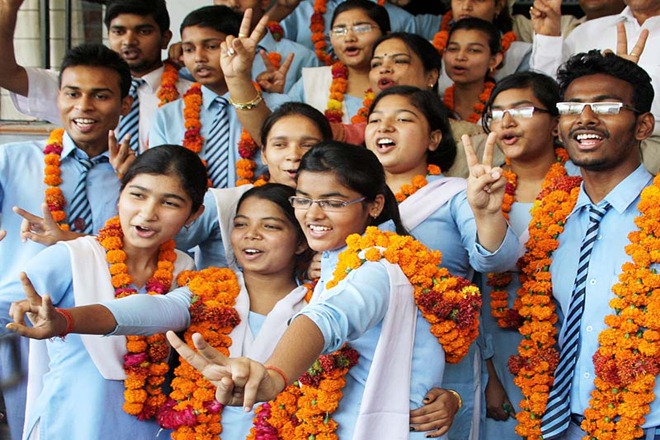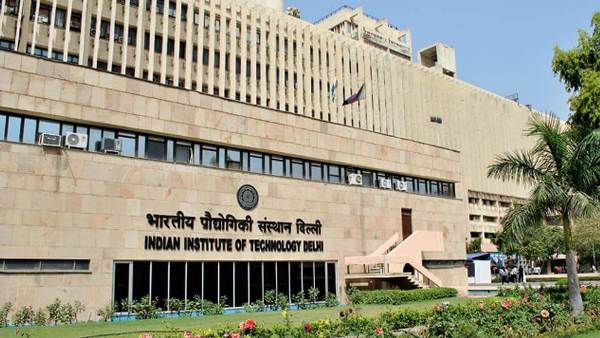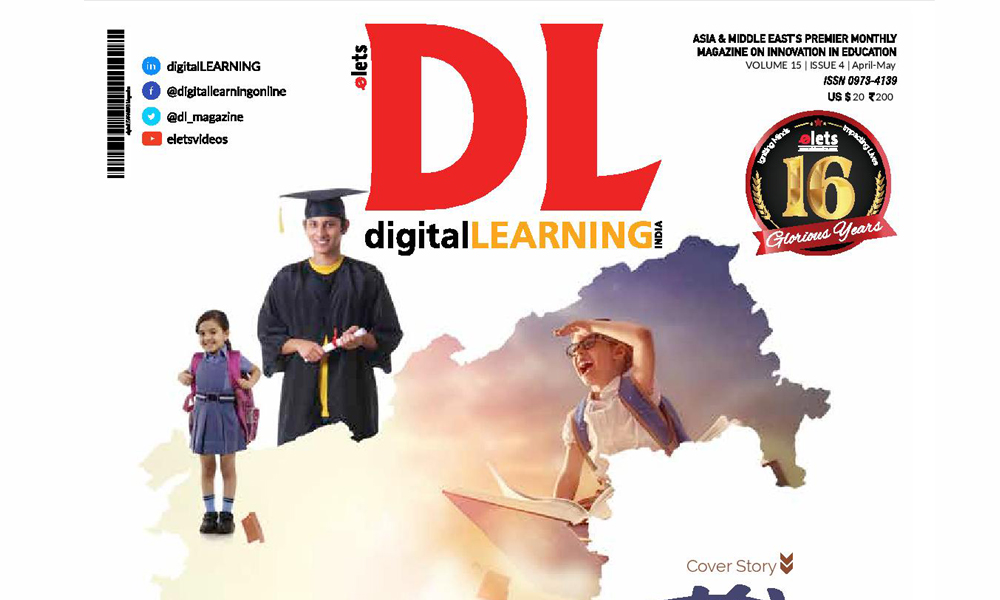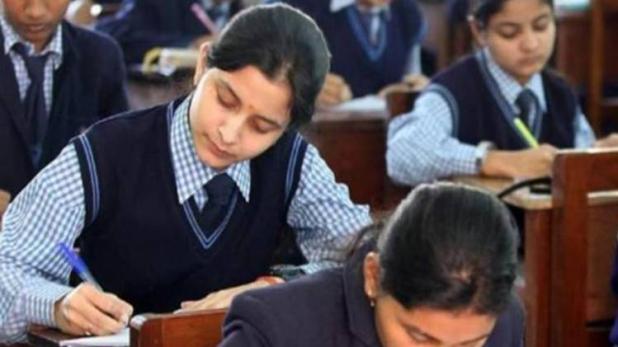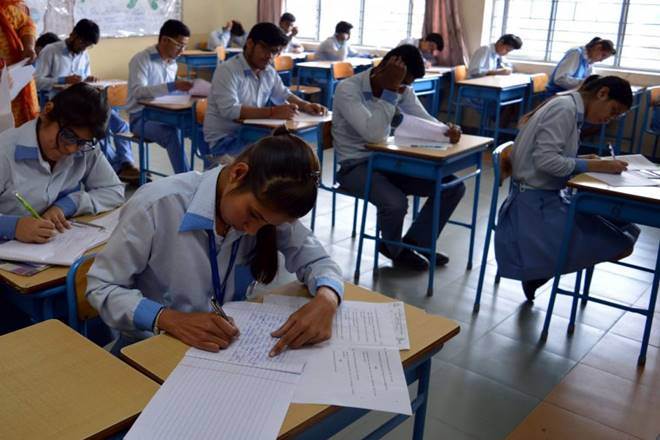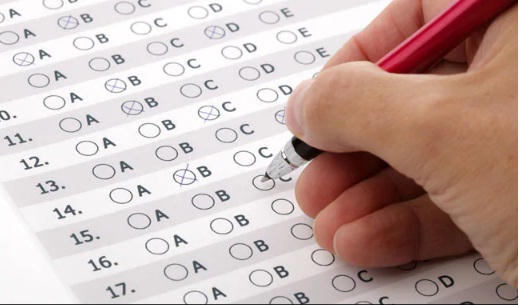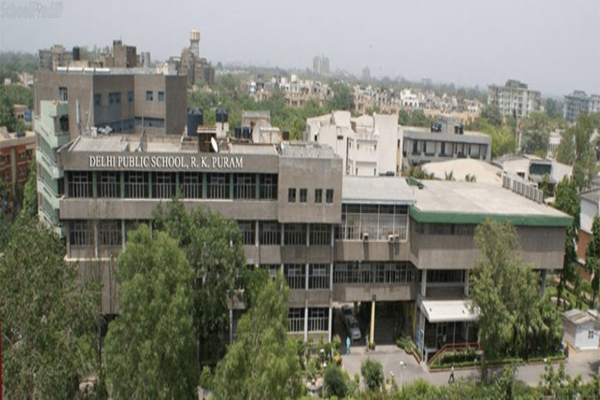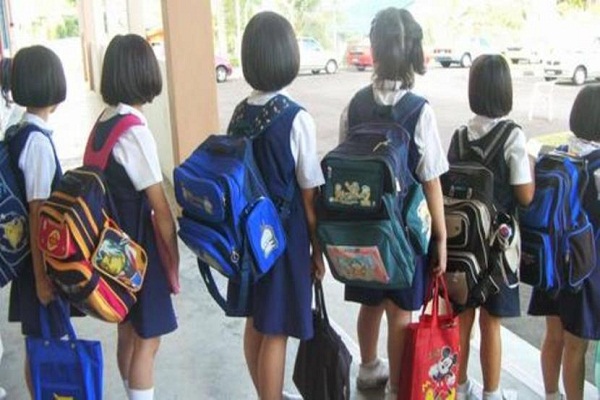The Assam HSLC or Class 10 Exam 2019 results will be announced by the Board of Secondary Education, Assam (SEBA) on May 15, 2019 (Wednesday).
As per media reports, the results will be available from 9:00 am tomorrow on the official portals like results.sebaonline.org and resultsassam.nic.in. More than 3 lakh students are awaiting the results this year.
If the official website takes time to load due to heavy traffic, students can login to alternative websites such as: results.sebaonline.org, resultsassam.nic.in, examresults.net and indiaresults.com, among many others.
Steps to download Assam HSLC Class 10 Exam Result 2019:
Step 1: Visit the official website of SEBA or the alternative websites mentioned above.
Step 2: Click on the tab that reads: SEBA HSLC Result 2019, Assam HSLC Class 10 Exam Result 2019
Step 3: Enter the details: Roll No, Registration No and Exam Centre details.
Step 4: Click on submit button. The SEBA HSLC Result 2019 will appear on the screen.
Step 5: Download and take a print-out for future reference.
Alternatively, students also can view the results on mobile app: SEBA Results 2019. The app is available
for download on Google Play Store.
Candidates who are looking to get their evaluated answer scripts re-checked or photocopy of answer scripts will need to apply through the SEBA portal: sebaonline.org. Visit the website and search for the link that reads “RE-CHECKING OR PHOTOCOPY WITH RE-CHECKING OF ANSWER SCRIPTS”.
For this, the SEBA portal will be activated from May 17 and will remain open till May 31, 2019.

